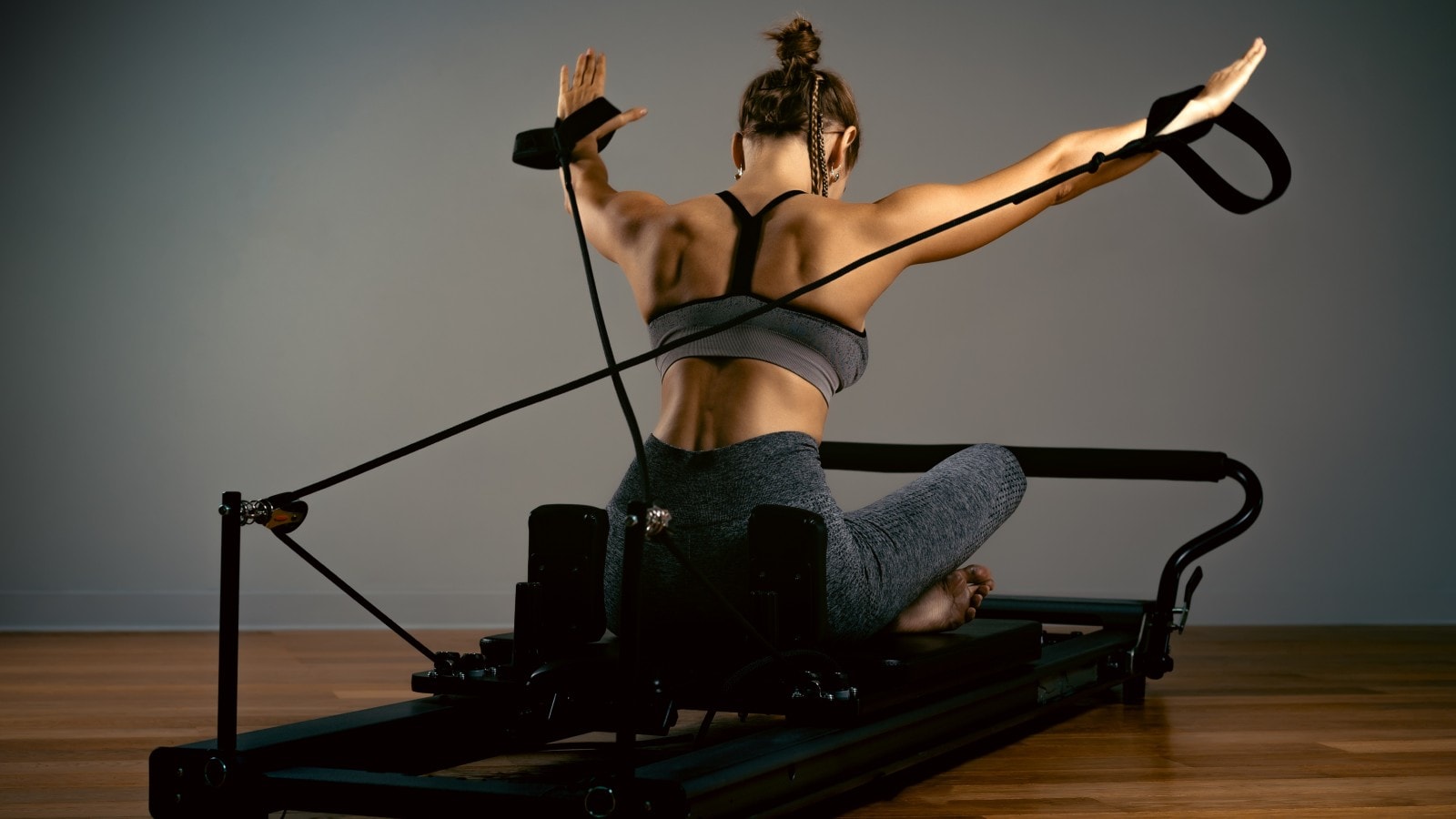Swimming and cycling are physical activities that are helpful in staying fit. But should you go for swimming or cycling for weight loss?
Summer means it’s time to get your swimsuit out and go for a relaxing swim, which may be a good weight loss exercise. Riding a bike and exploring nature is another fun physical activity that is also lead to weight loss. You can do indoor cycling, and still enjoy its health benefits. But if given a choice, should you opt for swimming or cycling for weight loss? Know which is the best exercise for weight loss!
What is swimming?
Swimming is a form of physical activity that involves propelling oneself through water using the limbs. It involves kicking legs and pulling arms through the water. People go for various swimming strokes, including freestyle, breaststroke, backstroke, and butterfly, says fitness expert Rhea Ekhlas Shroff. Swimming can be enjoyed in various settings, including pools, oceans, lakes, and rivers. It is a versatile activity suitable for people of all ages and fitness levels.

Swimming for weight loss
During a 2010 study published in the Metabolism journal, it was found that in comparison to walking, swimming turned out to be more effective in reducing body weight in sedentary women aged between 50 and 70. You can burn calories while swimming, but the number varies depending on factors such as intensity, duration, and individual body composition.
In fact, swimming engages a wide range of muscles throughout the body, making it an excellent full-body workout. Here are the main muscle groups involved in swimming:
- The core muscles, including the abdominals, obliques, are engaged to stabilise the body and maintain proper body alignment in the water.
- Swimming heavily relies on the muscles of the upper body, including the chest, shoulders, and arms. Different strokes target these muscles in varying degrees. For example, freestyle and backstroke primarily work the muscles of the shoulders, arms, and upper back, while breaststroke and butterfly also engage the chest and triceps.
- Although the upper body plays a significant role in swimming, the legs are not neglected. Leg muscles, including the quadriceps, hamstrings, calves, and glutes, are involved in kicking movements and providing propulsion through the water. Strong leg muscles contribute to overall swimming speed and efficiency.
- Muscles around the hips, such as the hip flexors and abductors, play a crucial role in generating power during kicking movements and maintaining proper body position in the water.
What is cycling?
Cycling is a fun and efficient way of getting around that involves riding a bicycle. For some, cycling is a means of transportation, offering a cost-effective and environmentally friendly alternative to cars or public transport. Others see it as a way to stay fit and healthy, as it provides an excellent cardiovascular workout while being low-impact on the joints, says Shroff.
Also Read

Cycling for weight loss
The number of calories burned while cycling depends on various factors such as intensity, duration, and individual factors like weight and fitness level. For example, cycling uphill or at a faster pace will typically burn more calories, while leisurely cycling on flat terrain might burn fewer. Also, longer rides will naturally result in more calories burned.

A person weighing 155 pounds or 70 kilograms can burn 298 calories during a half an hour bike ride if they pedal at a 12 to 13.9 mile-per-hour pace, as per the Harvard Health Publishing. Cycling also engages several key muscle groups throughout the body.
- The quadriceps, which are in the front of the thigh, are mostly used to extend the knee during the downward pedal stroke.
- Meanwhile, the hamstrings at the back of the thigh assist in flexing the knee during the upward pedal stroke, says the expert.
- The calf muscles, specifically the gastrocnemius and soleus, are also actively involved in pointing and flexing the foot, essential for maintaining proper pedal position and generating power.
- The muscles of the lower back and core also engage to provide stability and support, especially when riding out of the saddle or maintaining a consistent posture.
Cycling is not just a lower-body workout, it also engages the upper body to some extent. The muscles of the arms and shoulders help with steering, balancing, and supporting the body’s weight, particularly during intense climbs or sprints. So, cycling provides a comprehensive workout.
Swimming or cycling for weight loss
When it comes to weight loss, both swimming and outdoor or indoor cycling offer fantastic benefits, but the better option depends on individual preferences and physical condition, says Shroff. Swimming engages multiple muscle groups, providing a full-body workout while being gentle on the joints, making it ideal for those with joint issues. Also, swimming can boost cardiovascular health and improve flexibility.
On the other hand, cycling is a low-impact exercise that primarily targets the lower body muscles, such as the quadriceps and calves. Cycling can easily be incorporated into daily routines, such as commuting to work or running errands.
Ultimately, the best choice is the one you enjoy and can stick to consistently. If you love the water and want a full-body workout, swimming may be your go-to. If you prefer exploring the outdoors and want to focus on the lower body, cycling might be your preferred option.
Who should avoid swimming or cycling for weight loss?
Swimming and cycling are great exercises for weight loss, but they might not be suitable for everyone.
1. Swimming
People with respiratory issues like asthma might find swimming challenging. Also, those with skin conditions like eczema may experience irritation from prolonged exposure to pool chemicals. Furthermore, people with ear infections or prone to ear problems should avoid swimming to prevent further complications.
2. Cycling
While cycling is low-impact, it can exacerbate certain back or knee injuries. People with back problems should ensure proper bike fitting and posture to prevent strain. Moreover, those with balance issues or recent lower body injuries might find cycling unstable and potentially risky.
Swimming and cycling are great ways to stay in shape, but if you have any health condition, consult with a healthcare professional before starting your exercise regimen.









Leave a Reply
You must be logged in to post a comment.